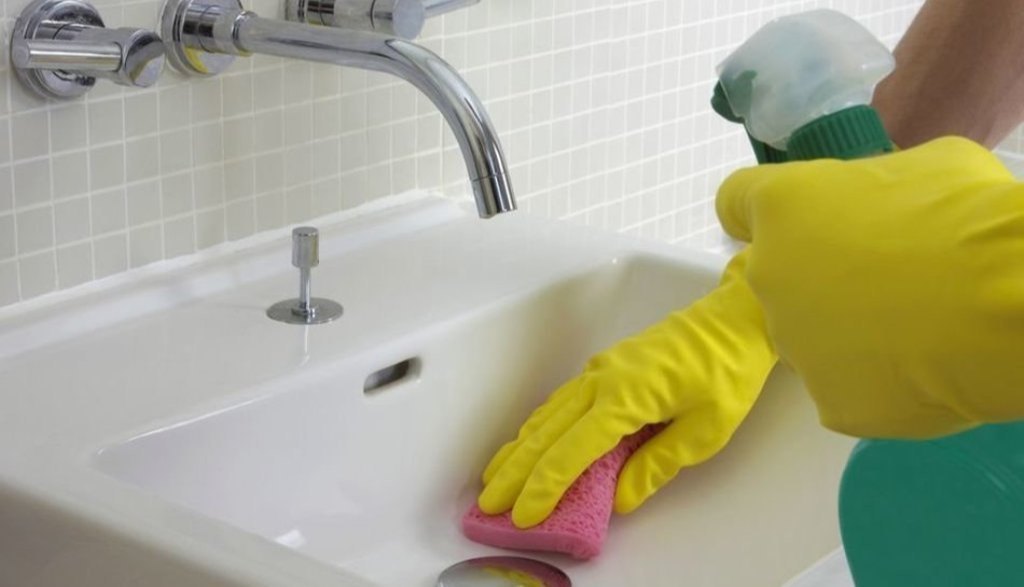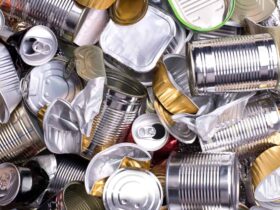Public restrooms play a crucial role in our daily lives. Whether in restaurants, malls, airports, or other public spaces, these facilities provide important amenities for comfort and hygiene. However, maintaining a clean and hygienic public restroom is paramount to ensure a positive user experience and prevent the spread of germs and diseases. Here is the essential cleaning business checklist for maintaining public restrooms that can help you do a spotless job.
1. Regular cleaning and disinfection
Regular cleaning and disinfection are the cornerstones of maintaining clean public restrooms considering the high traffic there. The best approach is to establish a cleaning schedule that includes frequent checks throughout the day to ensure cleanliness and address any issues promptly. All surfaces, including toilets, sinks, countertops, mirrors, and door handles need cleaning and disinfection several times a day because of an increased number of users.
Make sure to pay special attention to high-touch areas, such as flush handles and faucet knobs, as these are prone to harboring bacteria and viruses. To make the cleaning process more efficient, use color-coded microfiber cloths and mop heads to prevent cross-contamination.
2. Air fresheners and fragrant cleaning products
Unpleasant odors can significantly impact the perception of restroom cleanliness. Using fragrant cleaning products can help eliminate these repugnant smells and create a more pleasant environment for restroom users.
A practical way to deal with this is by installing an air freshener dispenser or even several, strategically placed throughout the restroom to ensure even distribution of fragrance. These dispensers can be refilled with a variety of scents to cater to different preferences and have automatic spraying options.
3. Protective gear and equipment
Everyone from your cleaning staff, including yourself, should use appropriate personal protective equipment (PPE), like gloves and masks, to maintain high standards of hygiene. Besides being in contact with microbes and dirt, that can cause diseases, there is also exposure to dangerous chemicals.
Cleaning products usually contain toxic ingredients, such as chlorine and bleach that can cause chemical burns if touched or inhaled. Of course, you can always opt to use eco-friendly products based on vinegar and baking soda, although basic PPE should be used at all times for hygienic reasons.
4. An adequate supply of hand hygiene products
Maintaining a hygienic restroom requires ensuring an ample supply of hand hygiene products. Make sure that public restrooms are well stocked with liquid soap, paper towels, and hand sanitizers. Additionally, don’t forget to restock toilet paper and disposable toilet seat covers, as well as female hygiene products.
To encourage proper handwashing, place informative posters inside the restroom and in the visible spot. These should outline the recommended technique and duration to wash the hands properly, and also how to dry them.
5. Efficient waste management
Waste management is essential for maintaining cleanliness and preventing odors in public restrooms. Therefore, every waste bin needs to be strategically placed and regularly emptied to avoid overflowing. Instead of regular ones, consider using trash bags with odor-neutralizing properties to minimize unpleasant smells as much as possible.
Create clear instructions and place them in every stall and sink area, informing the users not to throw waste in the toilet. Tampons, toilet seat covers, wet tissues, and even toilet paper can cause clogging which will in turn cause the restroom to be out of order until the repair.
6. Floor cleaning and maintenance
Maintaining clean and slip-free restroom floors is imperative for user safety. Regularly sweep and mop the floors, using appropriate cleaning solutions and techniques based on the flooring material. From time to time, perform deep cleaning and floor polishing to remove grout and persistent stains.
To ensure ongoing cleanliness, hygiene, and functionality, conduct regular inspections of all restroom facilities. Check for leaky faucets, clogged drains, malfunctioning toilets, or any other maintenance issues that require attention. Taking care of these issues promptly can prevent further damage and maintain a pleasant user experience.
Lastly
Maintaining public restrooms is essential for businesses in the cleaning industry. This checklist consists of general chores that can help cleaning professionals ensure that public restrooms remain pristine, creating a positive user experience and promoting public health.
Regular cleaning and disinfection, odor control, adequate supply of hygiene products, waste management, and regular inspection are all vital components of a successful maintenance routine. By implementing them, cleaning businesses will create a hygienic and welcoming environment for restroom users and also boost their professional reputation.








